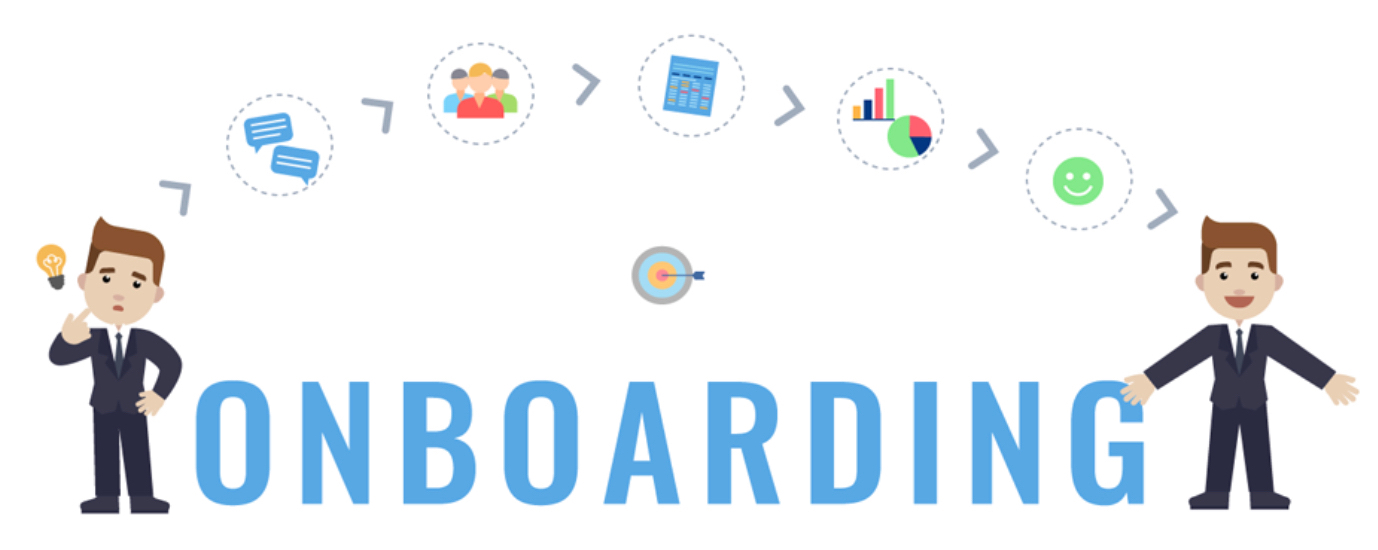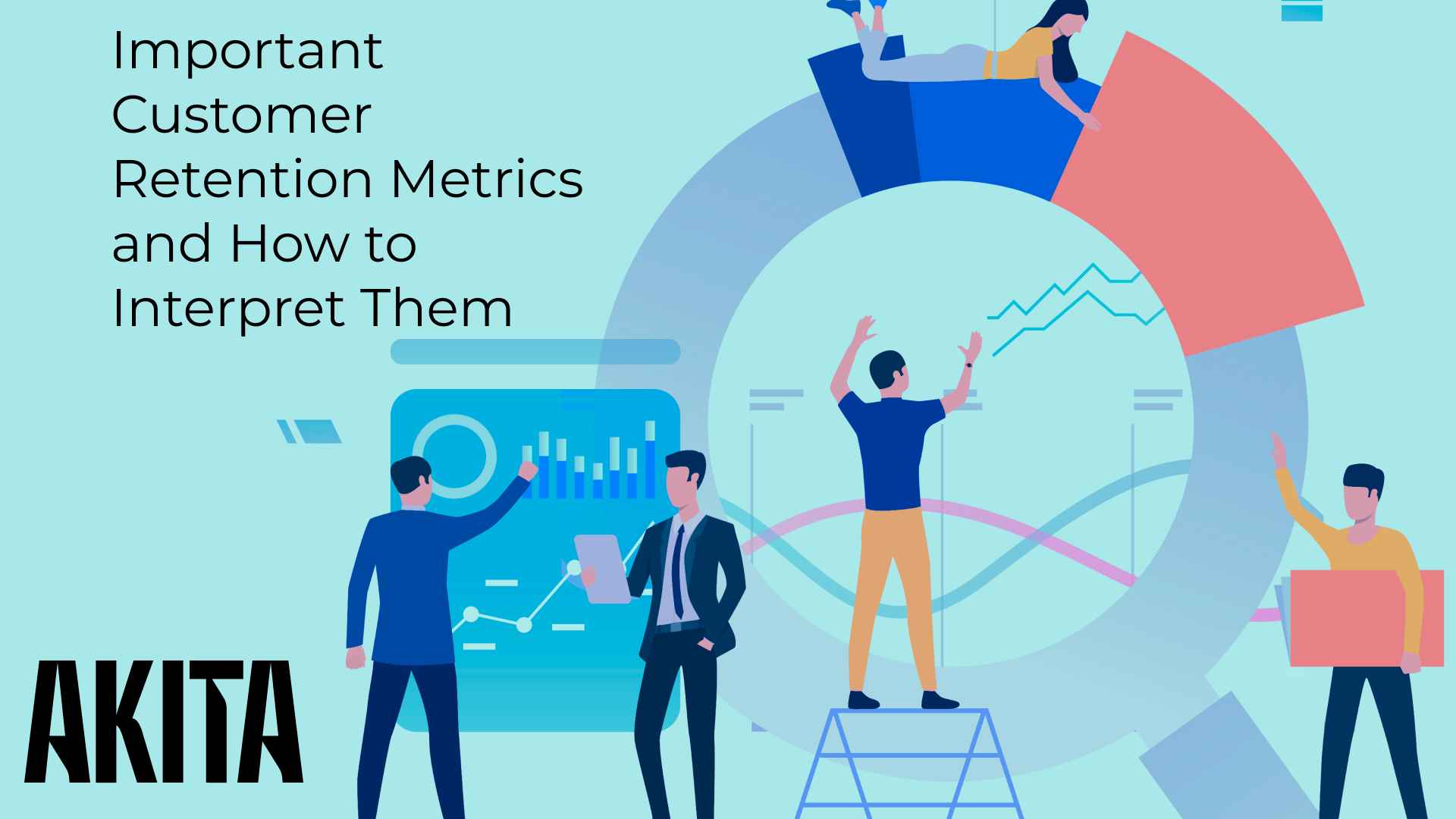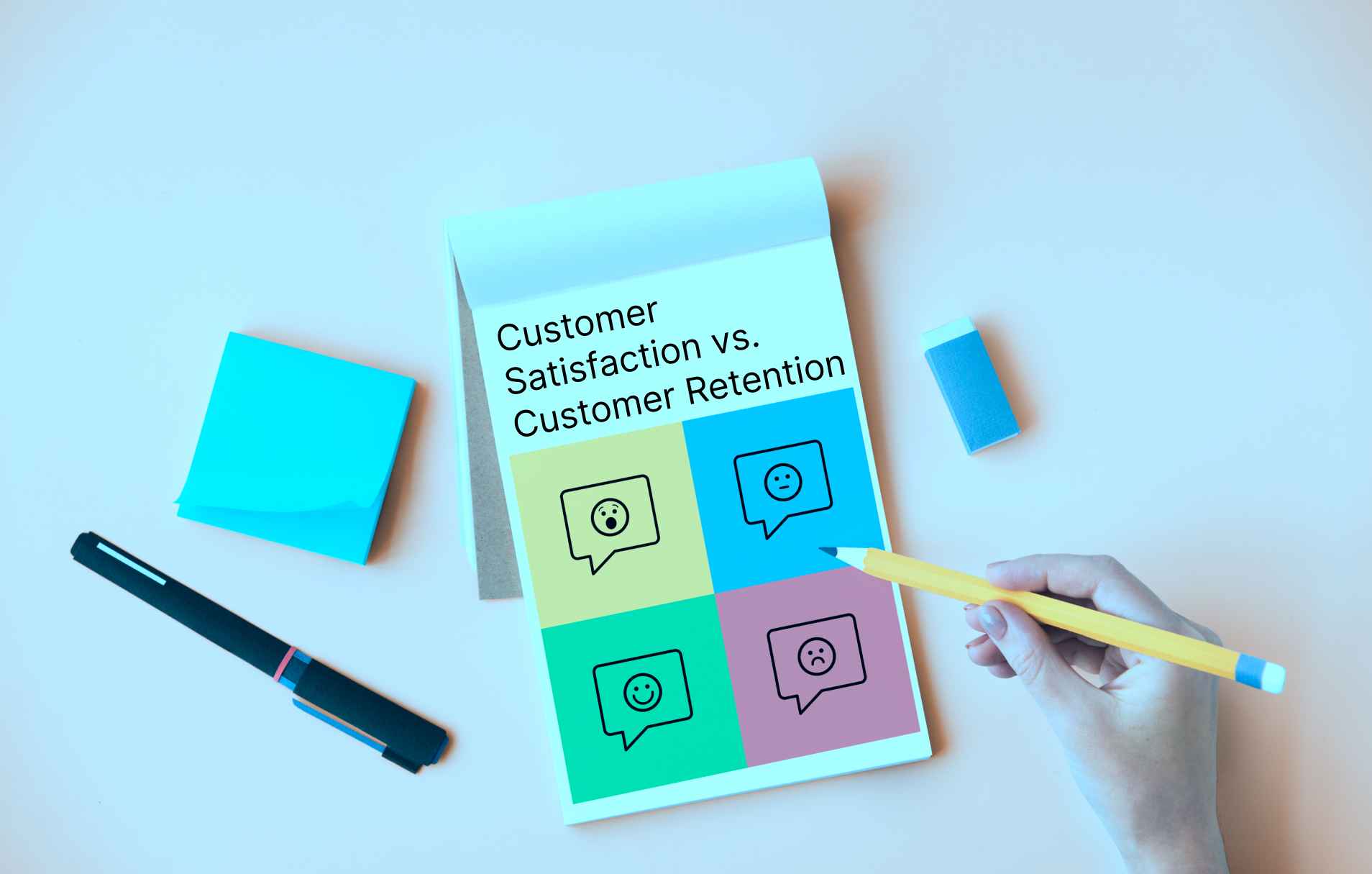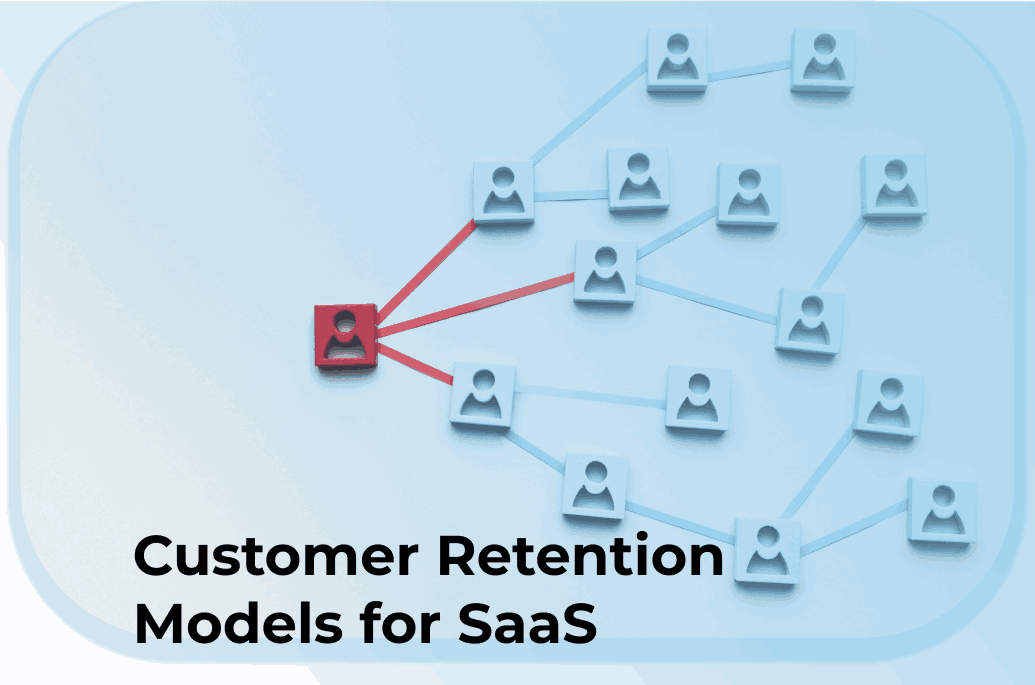Top 6 Steps to Successful Customer Onboarding

A substandard onboarding experience is heavily linked to higher levels of customer churn. Conversely, customers who are onboarded successfully, having had their expectations met or exceeded, are primed to be long-term customers, grow their investment with your company, and be strong advocates for your brand.
It all starts with understanding your customers’ desired outcomes and building a plan to deliver those outcomes across your customer base in a scalable and repeatable way.
How you structure that onboarding and your method of engagement will of course be determined by the complexity of your solution, the customers’ spend, how savvy your users tend to be, and the tools you have at your disposal. It can range everywhere from a fully digital and self-service onboarding to a white-glove, high-touch, long-term process.
So, let’s address these challenges and investigate what it takes to successfully onboard a new customer…
Why Is Customer Onboarding Important?
Poor customer onboarding can be a serious deal breaker for most users. If a business fails to make a great first impression, it is difficult to get another chance. Now, let’s see why onboarding a new customer properly is SO important.
- It instructs users how to use your product or service
By giving clear and simple instructions about your product usage, you are encouraging a client to start using it right away and extract the desired value from it. It is not rare for new customers to encounter difficulties when using your product for the first time, and it is, therefore, crucial to help them understand its functionality and act as a helping hand if they require additional information.
- It keeps the users engaged
Once they get an in-depth understanding of how your product can resolve a certain problem they are facing, your customers’ interest will improve, and they will, hopefully, return to it daily.
- It helps you learn more about your customers
A successful process for customer onboarding should navigate your customers seamlessly from sign-up to product usage, and this is a great opportunity to get to know them better. By using customer onboarding software and analyzing customer data, you can identify certain trends and patterns that can help you identify your customer’s preferences. Further on, this data serves as material for creating a personalized onboarding experience. By using customer success software like Akita to analyze extensive customer data, you can segment your customers into groups based on their characteristics, track their activities and behavior, get the visualized metric data, and modify your onboarding strategy as you go.
- It improves customer loyalty and increases revenue
If you ensure a customer has an exceptional onboarding experience, it is more likely they will stick around, purchase more frequently, and increase revenue. After all, the main reasons why customers churn are the inability to comprehend your product’s value and the way it operates.
When Does the Customer Onboarding Process Begin?
In e-commerce, companies are applying strategies for customer onboarding after the sale. However, in SaaS, the process should begin a moment after a potential customer signs up for the service. If the SaaS company offers free trial versions, this is the perfect time to demonstrate how the service works and let the users assess whether it fits their needs. By having a detailed yet clear-cut onboarding, a business can spark interest more easily and convert free users into paying customers.
What Does Customer Onboarding Involve?
Getting familiar with a new service can feel overwhelming for users. The time spent in their mission to understand its basic functionality should be as short as possible, and the same rule applies to the sign-up and welcoming process. This is why it is important to take carefully determined steps to successful customer onboarding.
- Include a short sign-up
Make sure to seek only the vital pieces of information during the sign-up process and gather additional ones later. One of the best practices is to offer a sign-up with the platform they already use (like Google, for example) or simply use a short form that contains a few fields.
- Keep the welcome email informative
Except for sending a welcome email that shows appreciation for their interest, we recommend you include important resources about the service or product to help the users get started. You can include videos, various links, FAQs, images, and others. Staying clear about CTAs (calls to action) will guide your users smoothly to the new chapter. Therefore, make sure to include a single CTA that drives the exact action you wish to encourage.
- Simplify the Initial log-in
Motivate your audience to move on to setting up an account by providing guidance. Include simple set-up wizards and engaging CTA that will move them forward to the goal, and don’t forget to celebrate their milestones!
- Keep the product walkthroughs customizable
It is not rare that new users wish to skip certain product walkthrough segments or the entire program in case they are short on time. Still, make it optional for them to come back to it whenever needed, and include a skip option for each part.
- Offer integrations and data imports
Even though most of your new customers will need to set up integration between your product and other platforms they use, this area should still be optional. In every case, making the process automated as much as possible will certainly facilitate the bothersome data import and integration. Also, during this vulnerable stage, it is crucial to stay supportive and responsive when the issue comes up.
- Include follow-up emails
Remember, the new customer onboarding process shouldn’t end after the first log-in. This is a perfect time to send a follow-up email with additional resources, tip-offs, and reminders that your dedicated onboarding customer service is ready to jump in at any time.
How the Akita Platform helps SaaS Companies Onboard their Customers
Akita’s customer success platform allows companies to integrate all of their customer data into one place and ask that combined data-set hard, detailed questions about the status, health, and profile of your customers.
This is done in the form of filtered segments. From an Onboarding standpoint, Akita users can create segments that identify which customers are currently onboarding, whether the onboarding is proceeding smoothly, has stalled, or has failed. See below …
Akita segment identifying which customers’ onboardings are failing
The user is then armed to either manually intervene if required or apply a triggered Akita playbook (combining tasks and customer messages) to ensure the onboarding is completed successfully.
Tips To Improve the Onboarding Experience
Customer onboarding doesn’t come in one shape, so testing its performance should be as frequent as possible. Try out different approaches (like the number of welcome emails or the need for an extensive product tour) and see what the feedback is like. By analyzing customer data in customer success software like Akita, you can personalize the experience for each client and add that customer-centric touch that can only strengthen your relationship with them.
Frequently Asked Questions
Can customer onboarding reduce churn?
Yes! Exceptional customer onboarding is the foundation of a great customer experience. Why would customers churn if they get what they need from your business?
What is the goal of customer onboarding?
The ultimate goal of a successful customer onboarding process is customer retention and more sales. If your customers are returning to your product months after the first use, this means the mission is accomplished!
How long should the onboarding process last?
There is no definite answer to this one as it depends on the complexity of your business. However, if the process is automated, the length can be significantly reduced.




